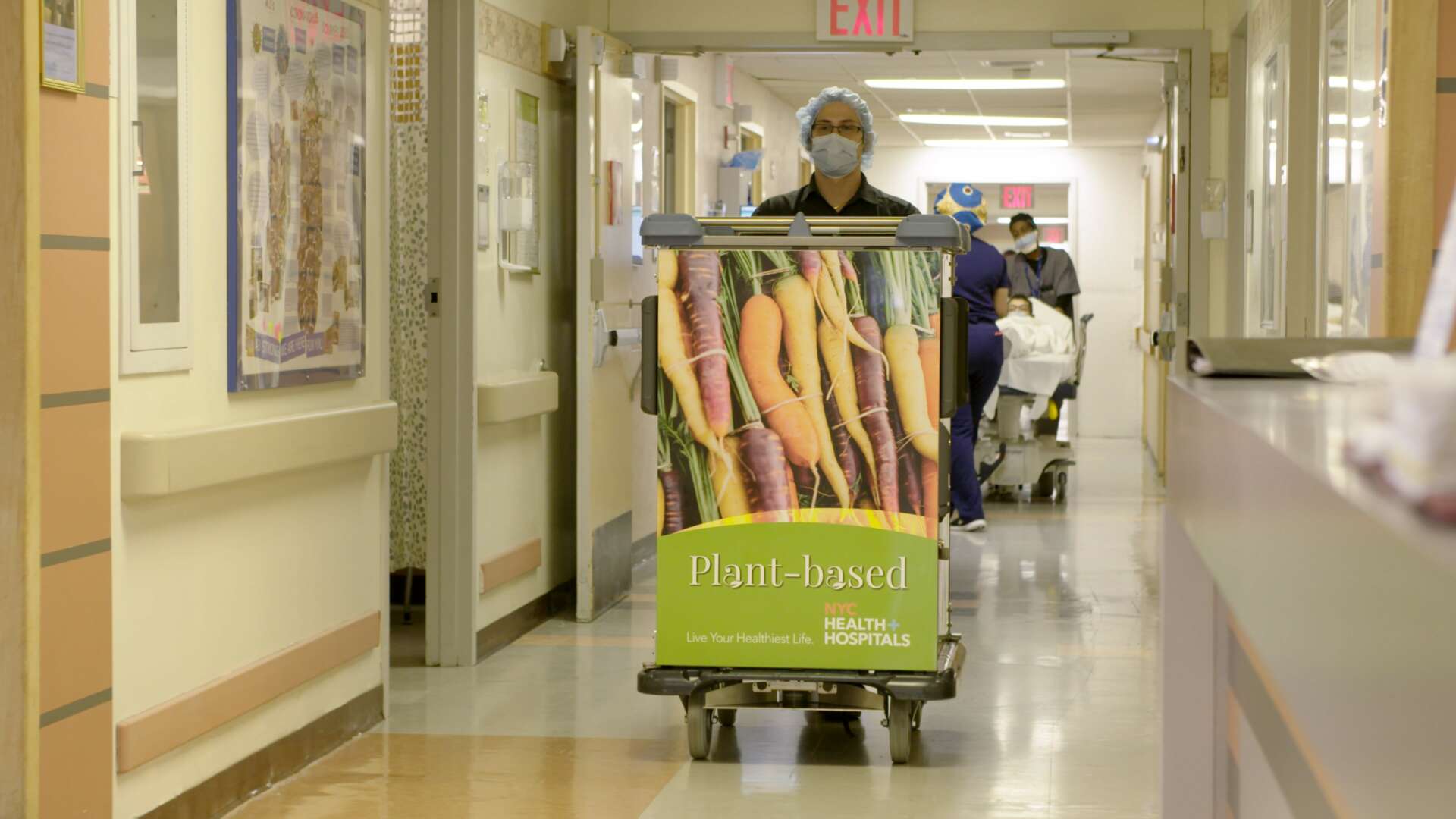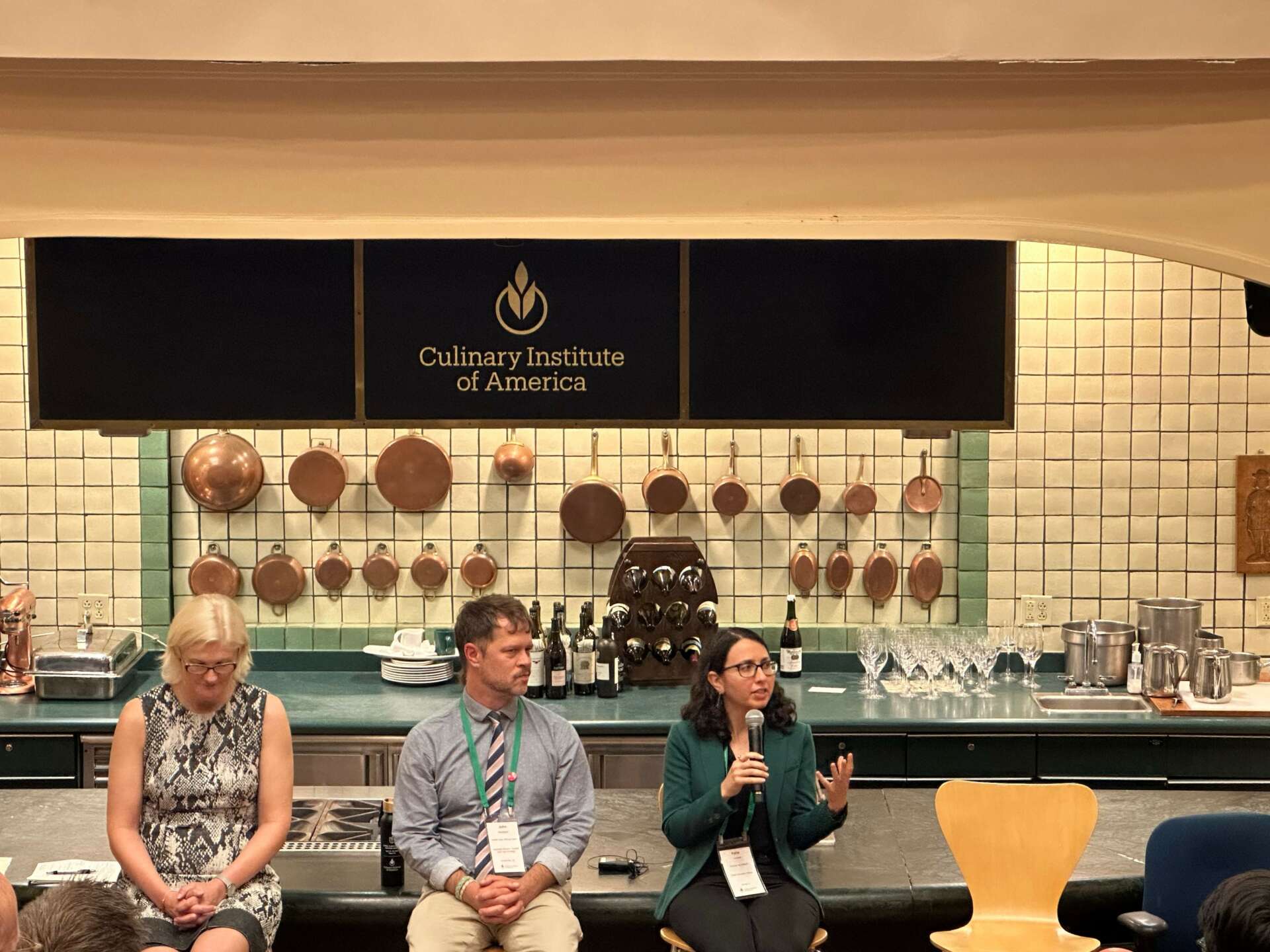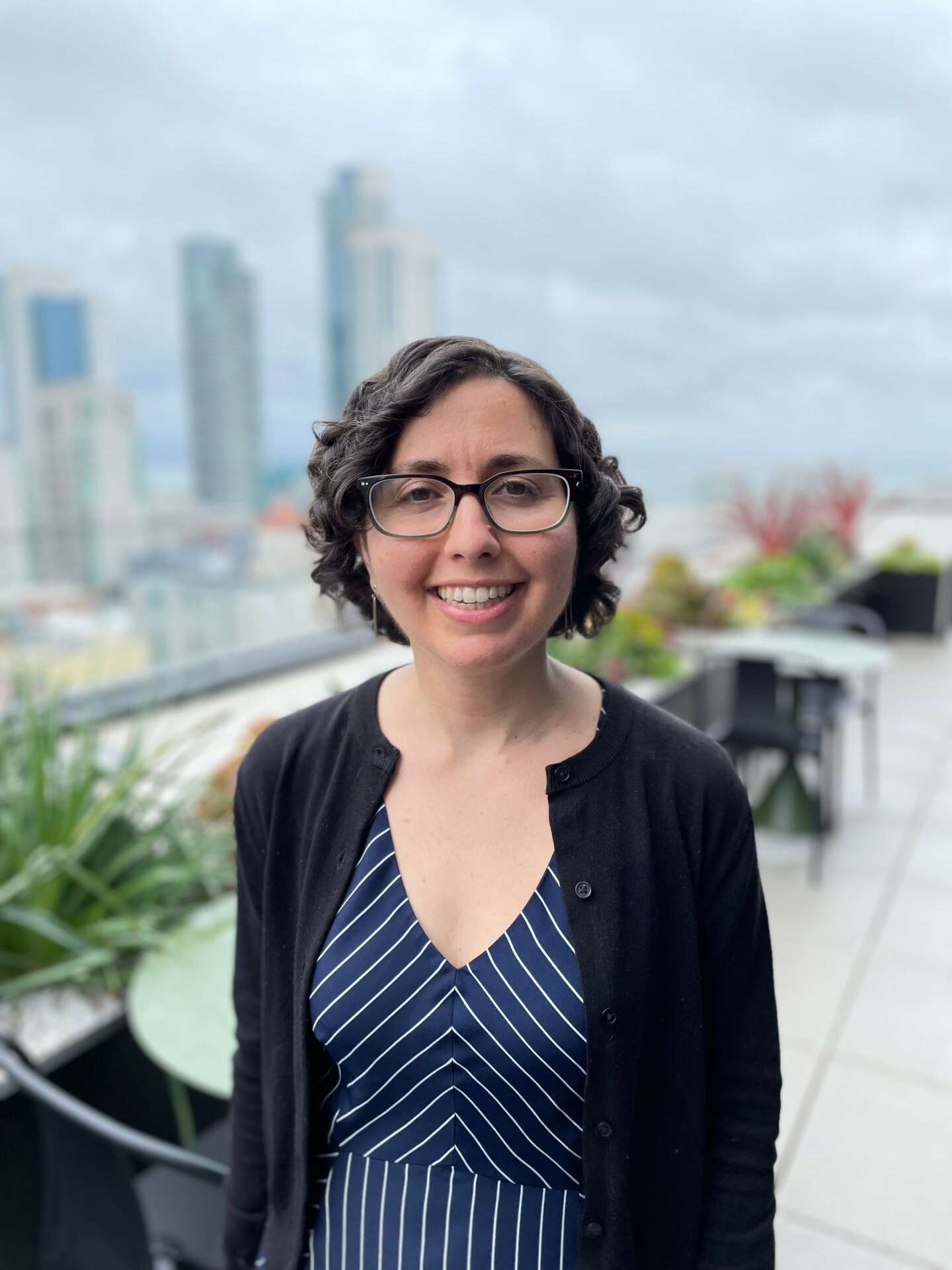We’re excited to introduce you to the always interesting and insightful Katie Cantrell. We hope you’ll enjoy our conversation with Katie below.
Katie, looking forward to hearing all of your stories today. Coming up with the idea is so exciting, but then comes the hard part – executing. Too often the media ignores the execution part and goes from idea to success, skipping over the nitty, gritty details of executing in the early days. We think that’s a disservice both to the entrepreneurs who built something amazing as well as the public who isn’t getting a realistic picture of what it takes to succeed. So, we’d really appreciate if you could open up about your execution story – how did you go from idea to execution?
I’ve spent over a decade in the food sustainability space, after founding an organization that gave presentations about the impacts of industrial animal agriculture. Education is very important, but I saw firsthand how difficult it is to change people’s minds in order to change their behavior. When I learned about the concept of choice architecture — the concept that we can change people’s behavior directly by making the better choice the easy choice, without having to get into all the facts and figures — I was hooked. I started working for the Better Food Foundation, which had a program called DefaultVeg. The concept was simple: instead of a meat default and people have to opt into plant-based options, make the lower carbon plant-based options the default and give people the choice to opt into meat. BFF had focused primarily on university departments for this program, and I joined to bring it to corporate cafeterias. I knew that the branding for DefaultVeg wasn’t appropriate for a corporate audience, so I conducted many rounds of informational interviews and market research to create new materials, and learned that even the name “DefaultVeg” was too radical. That led me to create the Greener by Default brand, as well as a new website. I also formed an advisory board with corporate sustainability professionals, and a research board with behavioral scientists in order to demonstrate credibility/legitimacy. It really took off from there, and eventually Greener by Default spun off into a separate organization.


Katie, before we move on to more of these sorts of questions, can you take some time to bring our readers up to speed on you and what you do?
I’ve always loved animals. In college, I learned about factory farming and the massive suffering caused by industrialized animal agriculture. Transitioning to a more humane, sustainable food system became my life’s work. As I mentioned in the last question, I founded a non-profit to educate people about the harms of factory farming, which I ran for ten years before transitioning into the behavioral science/policy work that’s now my focus.
Greener by Default makes plant-based food the default, while giving diners the choice to opt into meat/dairy. This strategy allows institutions to meet carbon reduction goals, save on food costs, and improve health and inclusivity, all while preserving freedom of choice.
Plant-forward diets are critical for ensuring the wellbeing of people and the planet, but transforming the way we eat is a big lift. Choice architecture – organizing the decision-making environment to lower the barriers to making sustainable choices – is one of the most effective ways to create a widespread shift in diner behavior.
Making plant-based foods the easiest and most appealing option for all diners, not just vegetarians, drives down demand for industrial meat production and normalizes plant-based eating, while offering options to meet everyone’s needs.
So far we’ve transitioned over a million meals from meat-based to plant-based through our work with hospitals and corporations, saving enough carbon to provide electricity to over 200 homes for one year.
Learning and unlearning are both critical parts of growth – can you share a story of a time when you had to unlearn a lesson?
I spent a decade giving people information, trying to change their minds in order to change their behavior. I thought surely, if people only knew the truth, they would want to change. After all, that’s what happened to me. But, ironically, in clinging to this belief, I was ignoring the fact that facts don’t change people’s behavior. We like to think that all of our behavioral choices are based on very reasoned, logical decisions. But in fact, often our behavior is driven by what we’re used to, what’s easiest, and what the people around us are doing. Then we construct our beliefs based on our behavior – surely the things that we do on a regular basis, and that everyone around us is doing, can’t be wrong. So it turns out, the easiest way to change people’s behavior is sometimes to bypass beliefs and just make the better choice the easy choice. It’s also much more pleasant to not have to delve into all of the depressing facts and figures, although getting the truth out there to people is still valuable.


We’d love to hear about how you met your business partner.
Ilana and I worked together at the Better Food Foundation; she was focused on universities, and I was focused on corporations. As the founder of BFF said, we have the rare relationship where we’re greater than the sum of our parts; our working relationship has a synergy about it. We understand each other very well and have extremely similar outlooks on the mission and strategies, but very complimentary skill sets. She’s extremely organized and detail-oriented, while I… am not so much. But I have experience with fundraising and boards and strategic planning, so together we make the perfect CEO and COO.
It makes such a huge difference to be able to run the organization with a partner, rather than alone. In my previous role, I got burned out because it was so exhausting to have to always have all of the answers and have all of the decisions for the entire organization rest on my shoulders. Now Ilana and I can talk through things and make decisions together, and support and encourage each other.
Contact Info:
- Website: www.greenerbydefault.org
- Linkedin: https://www.linkedin.com/in/katie-cantrell/


